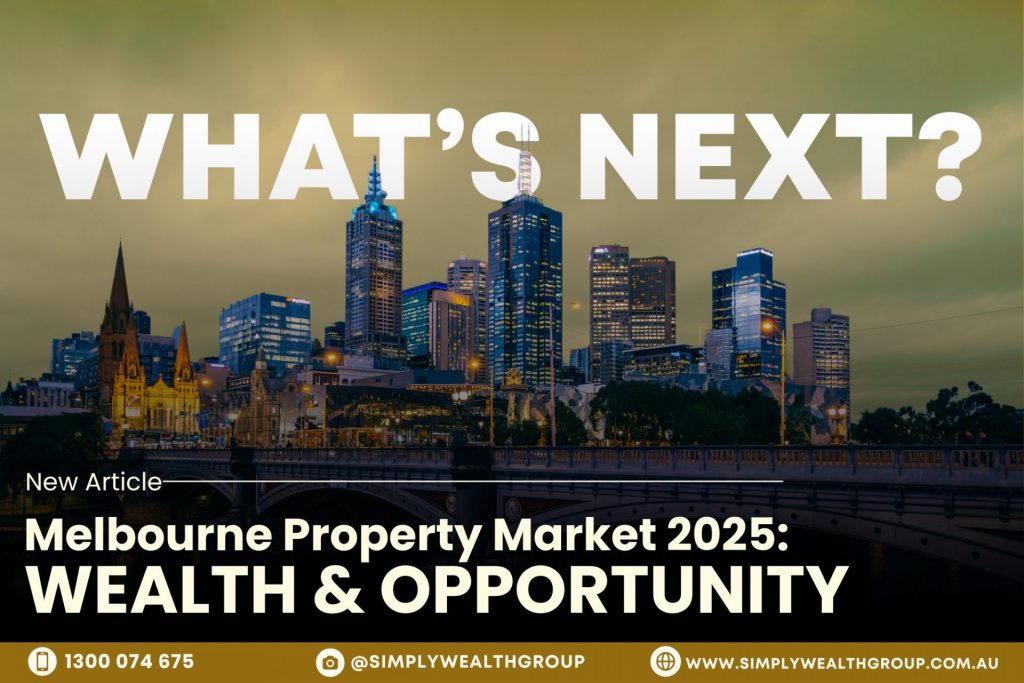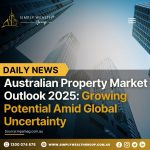Melbourne has once again proven itself as a global powerhouse in 2025, not only ranking as the 16th wealthiest city worldwide but also reinforcing its status as a magnet for high-net-worth individuals, investors, and developers. This year, the city’s property market is at a crucial turning point—shaped by economic momentum, shifting demographics, and significant infrastructure investment. Whether you’re a first-time buyer, seasoned investor, or simply curious about Melbourne’s future, understanding these dynamics is key to making informed decisions.
Melbourne’s Wealth Surge: The Foundation of Growth
Over the past decade, Melbourne’s millionaire population has soared by 36%, now home to more than 94,000 millionaires, 108 centi-millionaires, and 12 billionaires. This isn’t just a statistic; it’s a reflection of Melbourne’s transformation into a center for economic, cultural, and property innovation. Much of this wealth is invested in real assets—especially property.
Why Melbourne?
- World-class education and healthcare
- High livability and modern infrastructure
- Robust legal and financial systems
- Attractive conditions for both local and international investors
The result? A property market that’s not only resilient but also primed for future growth, with wealth increasingly flowing into both established and emerging suburbs.
2025 Market Snapshot: Where Are We Now?
After a slight cooling in 2024, Melbourne’s property market is widely viewed as consolidating before the next growth cycle. Here are the key stats and trends for 2025:
- Median Property Price: Around $772,000 (slight YoY decrease)
- Investor Loans: Up 26.3% YoY, signaling renewed confidence
- Rental Yields: At record highs, driven by low vacancy rates and strong demand
- Suburban Expansion: Investors are increasingly looking beyond the CBD into outer and middle-ring suburbs
What’s Driving the Market?
- Population Growth: Melbourne’s population continues to climb, fueled by overseas arrivals and interstate migration.
- Limited Housing Supply: Demand outpaces supply, especially in affordable suburbs.
- Migration and Infrastructure: New waves of migration and major projects like the Suburban Rail Loop and Metro Tunnel are reshaping the city’s landscape.
- Interest Rate Outlook: The Reserve Bank of Australia is expected to lower rates, boosting affordability and borrowing capacity.
Forecasts: What’s Next for Prices and Rents?
Economists and property experts are increasingly optimistic. Core inflation has fallen, making a February rate cut likely, and leading analysts predict the following:
| YEAR | Median House Price Growth | Median Unit Price Growth |
| 2025 | 3.5% | 4.7% |
| 2026 | 6% | 7.1% |
Longer-term, Oxford Economics forecasts a three-year price growth of 21% for houses and 20% for units, suggesting Melbourne could soon shift from an underperformer to one of Australia’s top markets by 2027.
Where Are the Smart Investors Looking?
Top Suburbs and LGAs to Watch
- Monash – The Education-Driven Powerhouse
- Home to Monash University and major medical research hubs
- Suburbs: Glen Waverley, Mount Waverley, Clayton
- Strong demand from international students and long-term renters
- Frankston – The Coastal Revamp
- Lifestyle appeal and urban renewal projects
- Suburbs: Frankston South, Seaford, Langwarrin
- High potential for capital growth and rental demand
- Whittlesea – The Family-Friendly Frontier
- Popular with first-home buyers and young families
- Suburbs: Epping, South Morang, Mernda
- Affordable with strong upside potential
- Maribyrnong & Footscray – Inner-City Grit Meets Growth
- Diverse, gentrifying, close to CBD
- Attracts renters, creatives, and developers
- Broadmeadows – The Affordable Growth Story
- Median house prices between $600,000 and $650,000
- Rental yields around 4.3%
- Proximity to transport upgrades and new infrastructure
Investment Opportunities and Strategies for 2025
Affordable Suburbs Are in the Spotlight
With affordability stretched in inner-city areas, suburbs like Broadmeadows, Epping, and parts of Frankston are attracting investors seeking value and growth. These areas offer:
- Lower entry prices
- Strong rental yields
- Potential for capital growth as infrastructure improves
Infrastructure Is a Game Changer
Projects like the Melbourne Airport Rail Link and Suburban Rail Loop are transforming accessibility and livability in outer and middle-ring suburbs. These upgrades are not only boosting property values but also creating new investment hotspots.
Diversification and Value-Add
- Regional Hubs: Cities like Geelong and Ballarat are also gaining traction for their affordability and growth prospects.
- Renovation/Subdivision: Properties with development or renovation potential in growth corridors are highly sought after.
Risks and Considerations
While the outlook is positive, investors should remain selective and data-driven:
- Local Employment: Some suburbs face high unemployment and limited job creation, which can dampen growth.
- Infrastructure Delays: Delays in major projects can impact capital appreciation.
- Vacancy Rates & Owner-Occupier Ratios: Analyze these metrics at the street level, not just by suburb.
- Partnering with Experts: Engaging a local buyer’s agent can help navigate complex, fast-changing markets.
Why Melbourne Remains a Global Investment Magnet
Despite short-term fluctuations, Melbourne’s fundamentals remain unmatched:
- Expanding Wealth Base: The city’s millionaire population is expected to keep rising, fueling demand for premium and investment-grade property.
- Population Growth: Melbourne is on track to surpass 6 million residents by 2030, underpinning long-term demand.
- World-Class Lifestyle: Consistently ranked among the world’s most liveable cities, Melbourne’s appeal endures for both residents and investors.
Expert Insights: Timing, Strategy, and the Road Ahead
Timing Matters
With prices having adjusted and interest rates expected to fall, 2025 could be a prime window for investors to enter or expand their portfolios before the next upswing.
Interest Rate Stability
The RBA’s stance suggests borrowing costs will remain steady or even fall in the short to medium term, supporting renewed market activity.
Diversification Is Key
Don’t just focus on the CBD or inner suburbs—regional centers and outer suburbs offer compelling opportunities, especially for those willing to take a long-term view.
Value-Add and Development
Look for properties with potential for renovation, subdivision, or redevelopment, particularly in corridors benefiting from government investment and population growth.
Conclusion: Melbourne’s Next Chapter
Melbourne’s property market in 2025 is defined by resilience, opportunity, and transformation. As the city cements its place among the world’s wealthiest and most dynamic urban centers, those who align their strategies with demographic trends, infrastructure investment, and economic fundamentals are best positioned to thrive.
Whether you’re a first-time buyer, an investor seeking value, or a developer looking for the next big thing, Melbourne’s story in 2025 is one of promise and potential. The smartest money is already moving—will you join them?
References
- Melbourne-2025.pdf
- Buyer Agent Finder: Melbourne Property Market 2025 Trends & Opportunities
- Australian Property Market: Melbourne’s Property Market in 2025
- Noel Jones Market Update February 2025
(All information and data cited above are current as of May 2025 and sourced from leading property market analysts and official reports.)








